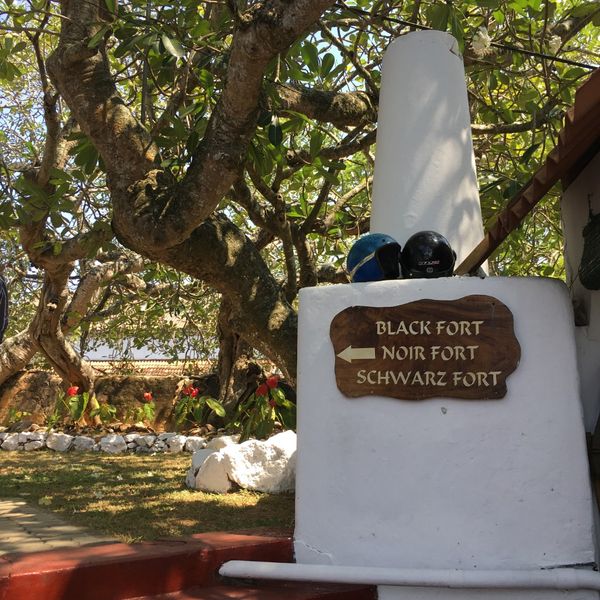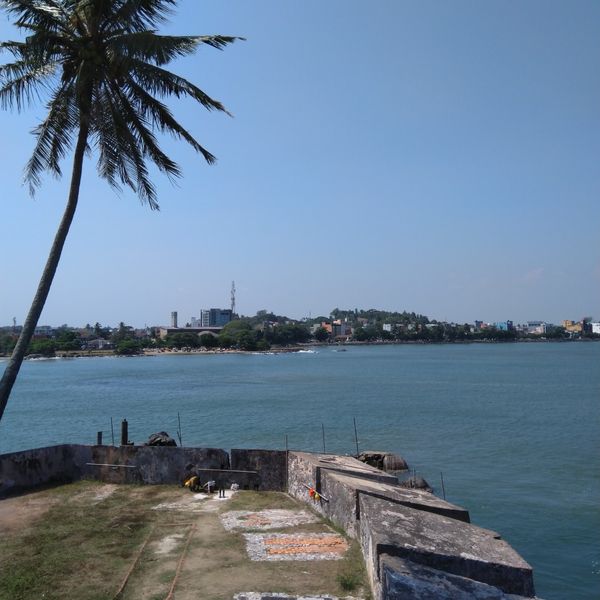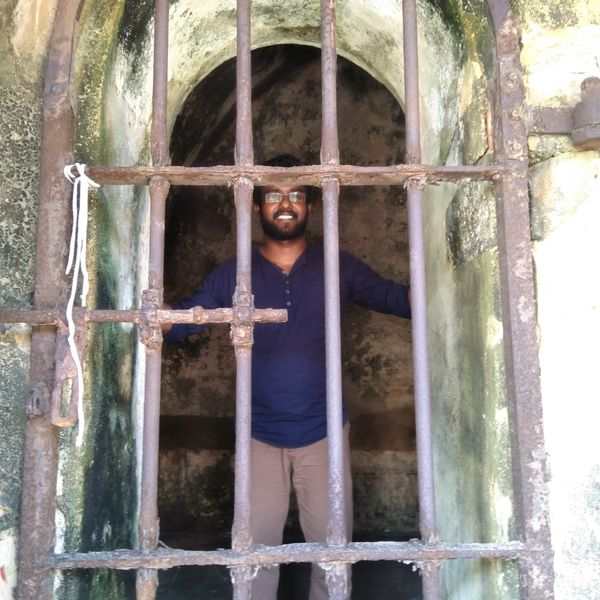
The oldest part of the Fort, also known as Fortaleza or Zwart Bastion





- Baladaksha Mawatha
- Open 24/7
It was where the blacksmiths’ winkles were, hence the name Black Fort
Fortaleza

Cinnamon was prized as high as gold in the 16th century so the pioneering Portuguese seafarers struck a deal with the local king and decided to build themselves some protection. That was Fortaleza. They picked a sheltered spot near the harbour and built a round stone bastion with a capuchin monastery and a gunpowder storage, protected with cannons and a network of tunnels.
Portuguese heritage
Trade was so lucrative that under the guidance of Thomas de Souza the Portuguese took control of the coast and established a Portuguese colony, with their own warehouses, a hospital and a Catholic Church. The dominance lasted about 50 years, 260 Portuguese families lived here and they left many traces in Galle: red roof tiles, white lace, a black Fort, but perhaps most importantly the name Galle.
Artillery commanders and police officers

The Dutch developed the Fortaleza as a bastion, it was the artillery commander’s’ post and also where the blacksmiths’ winkles were located. Hence the name Black Fort. The British turned it into a police station - the 2nd in the country - with an inspector, 2 sergeants and 19 police constables on duty. The black smith winkles became prison cells and the old gunpowder storage was stocked with something a little stronger: dynamite.
